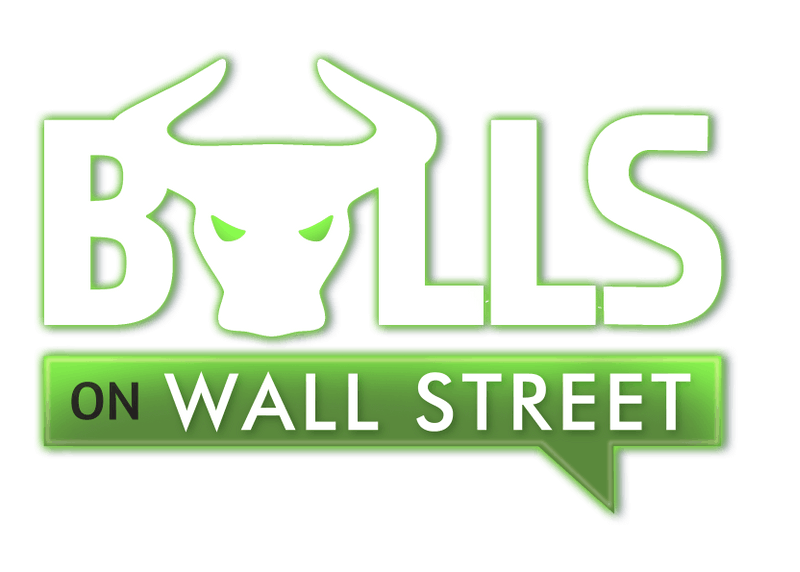
Risk
When so much is at risk, there is absolutely no room for gambling based on irrationality, and understanding just how much is at stake should put things in perspective. To begin with, day trading requires putting a great deal of personal capital on the line just to get started. At the bare minimum, the SEC requires a $25,000 minimum in order to open an account with a retail brokerage. Assuming you’re able to squeeze 20% out of that investment annually (an average return), you’re still only ending with $5,000 profit. In order to make a decent living, this means investing a considerable multiple of this minimum, simply to put food on the table and pay bills, let alone driving that expensive sports car you desire. The barrier of entry is so high that often its easier to just buy a franchise or another business as to make it in daytrading you have to have so much capital. Even then you have to have the skills to really exponentially compound your returns which take superior skills and education. You need to be elite and without elite coaching that is very hard. The only other ways are to trade at professional firms where you take education, prove your skills on a simulator , get tested and then trade firm capital like we have through our Bulls Silver program where we bring on many of our students to trade with us. I teach these students myself and we test them and train them and then they are eligible to trade with us.
This kind of return requires that you be on your A-game, 100% of the time your first year. That doesn’t mean never taking losses, it simply means minimizing those losses, maximizing your gains, and having the mental fortitude to develop strategies for both. This complicated mix requires high levels of discipline and is likely a contributor to the 80% first-year failure rate for the occupation.
The combination of these factors should paint a pretty serious picture. In order to enter the field, you’re putting a lot of personal capital at risk in a market with a high failure rate. This kind of gamble should never be taken lightly.
But therein lies the catch: analytical, strategic, disciplined traders aren’t gambling when they enter the market. They’re investing. They’re making a conscious effort to make decisions as coolly and rationally as possible. Gambling, on the other hand, is what happens when day traders go “on tilt”, so to speak, and begin making decisions with their emotions instead of their brains. And for those who rely on their numbers and their knowledge instead of crossed-fingers, the rewards are plentiful.
Reward
First of all, there’s the innate personal victory of doing what you love. Day trading is not for the faint of heart, and making the decision to enter the profession requires passion and drive. If you can stare down the barrel of changing markets, moving analytics, complicated decisions, and perpetual stress, and still decide that the occupation is for you, then the reward you’ll receive from doing exactly what you want will be invaluable.
But, of course, job satisfaction doesn’t pay the bills; you need income. Alton Hill over at Tradingsim.com breaks down the numbers as follows: an average trader can expect a 20% return on investment, an above average trader can expect approximately 50%, and truly experienced traders can make 100%+. Assuming that you lie between an average and an above average trader, investing $50k in personal capital will net you $0 profit after estimated living expenses. Those investing $250k in personal capital can expect between $50k and $125k in profit. Finally, those willing to go all-in on the effort (possible, though only recommended under ideal circumstances), the potential for return is between $100k and $250k+.
That is just not feasible those type of capital requirements for most folks. That is where skill & leverage come in. Professional traders that trade through a firm have access to not only the best tools but also to capital and leverage. With proper skills and coaching you really develop your skills and mind to be able to leverage your returns. On top of that you have the handholding and daily feedback that any elite performer needs to develop into a world class performer. If you look at any elite athlete they have an elite coach or coaches. Trading is no different the support system you carry will make or break your time horizons on how long it takes to develop your skills. I had lost for years and years in trading till I found my groove. The reason was that I had nobody to tell me what I was doing right or wrong and how to fix the problems.
Even if your personal capital doesn’t lie at this lofty end of the financial spectrum, you can find immense returns from joining a hedge fund. The $25,000 minimum-to-trade rule enforced at large brokerages is an absolute necessity in order for these firms to avoid a regulation T violation. Joining a hedge fund (like Clique Fund L.P.) through our Bulls Silver program with professional tools and coaching and get the added benefit of more reasonable investment requirements for aspiring day traders. This unique regulatory distinction lies in the private nature of these institutions, which also allows for greater flexibility in trading and much greater potential returns than retail brokerages.
But here we return to our original point: none of this happens if you cannot control your emotions. The rewards listed here are based on traders whose ability to keep calm when the storm hits and make informed and intelligent choices based on analytics was made possible by a calm head. Chasing emotional reactions is guaranteed to do two things: short gains and amplify losses. Pursuing the adrenaline rush of a win can mean staying in a position too long, jumping on positions before your analytics give you the green light, and/or entering a position based on overconfidence. Over-emotionalizing losses can mean staying in a losing position until the losses leave you in the red or re-evaluating a system that works fine the overwhelming majority of the time based on one bad trade. Keeping a cool head will help avoid these scenarios, inform your decisions, and open your life to the vast potential that day trading has to offer.
It’s not as though emotion will not arise. If humans were capable of silencing their inner monologue, they’d be extremely boring party guests. Consider the vast personal investment you’re making and know what stakes you’re facing. Keeping a cool head will help put you in the 20% of successes and help you to turn a profit. Doing so will not only mean job satisfaction, but truly attractive returns that will make you glad you listened to your graphs instead of your gut. Rely on one thing and one thing alone: analytics. You’ll find yourself on much calmer waters and attain some peace of mind in the process.
email me at kunal@bullson.ws if you guys have any questions on trading with a hedgefund or on any of our classes! We do our 60 day Bootcamp class every 2 months and have one starting up in a couple weeks.

